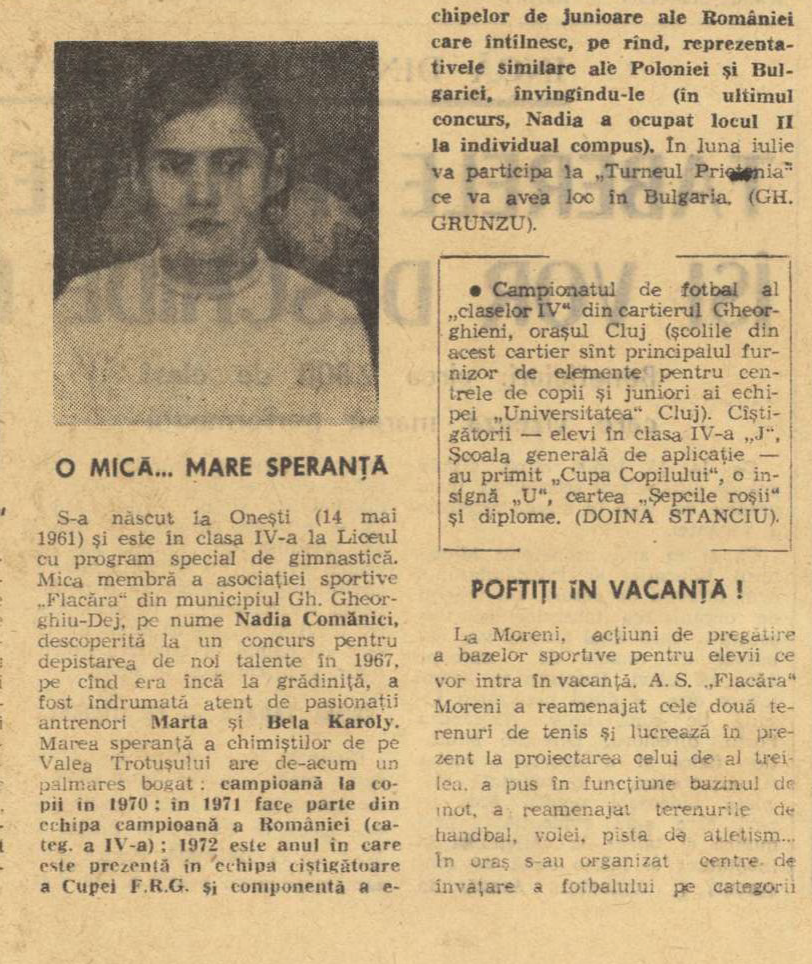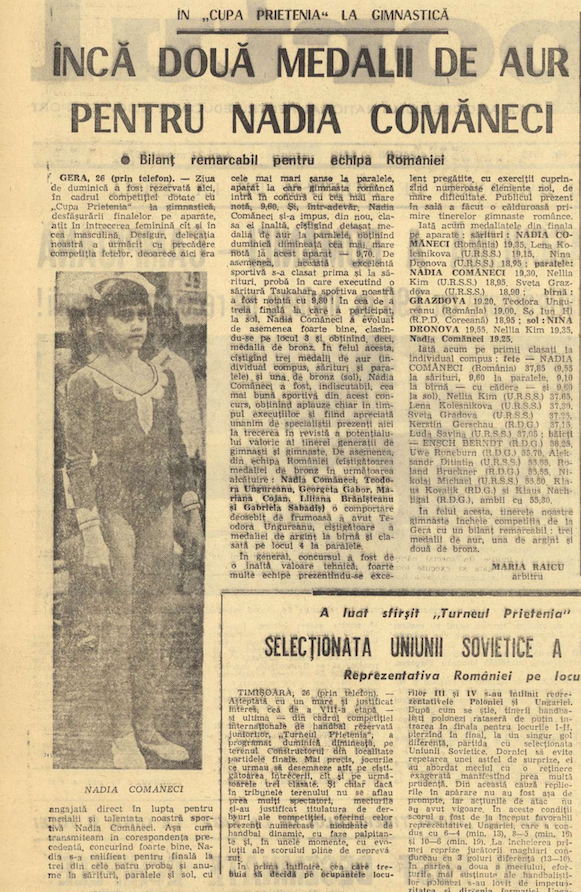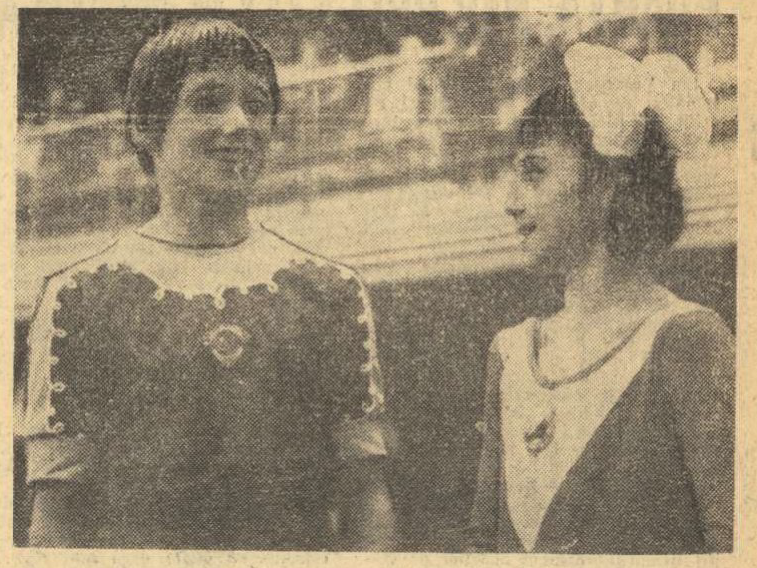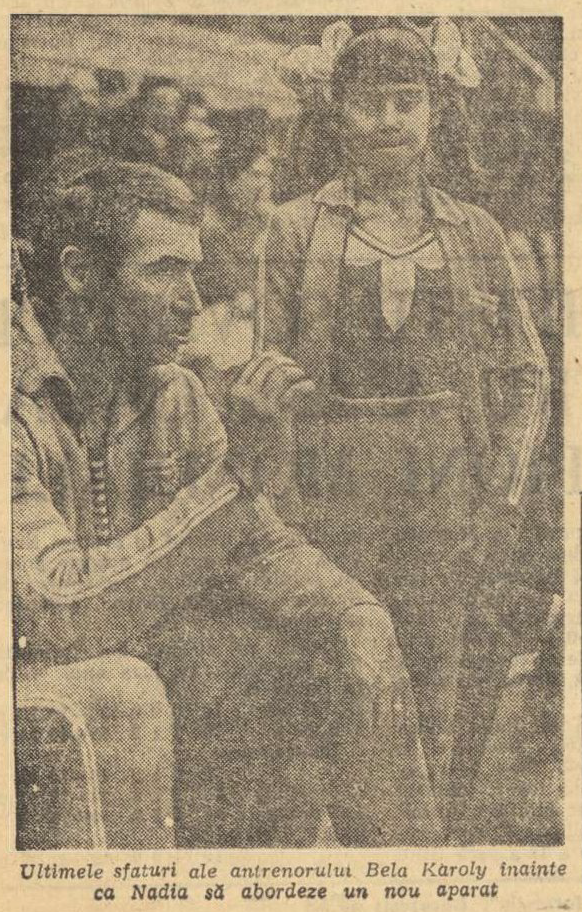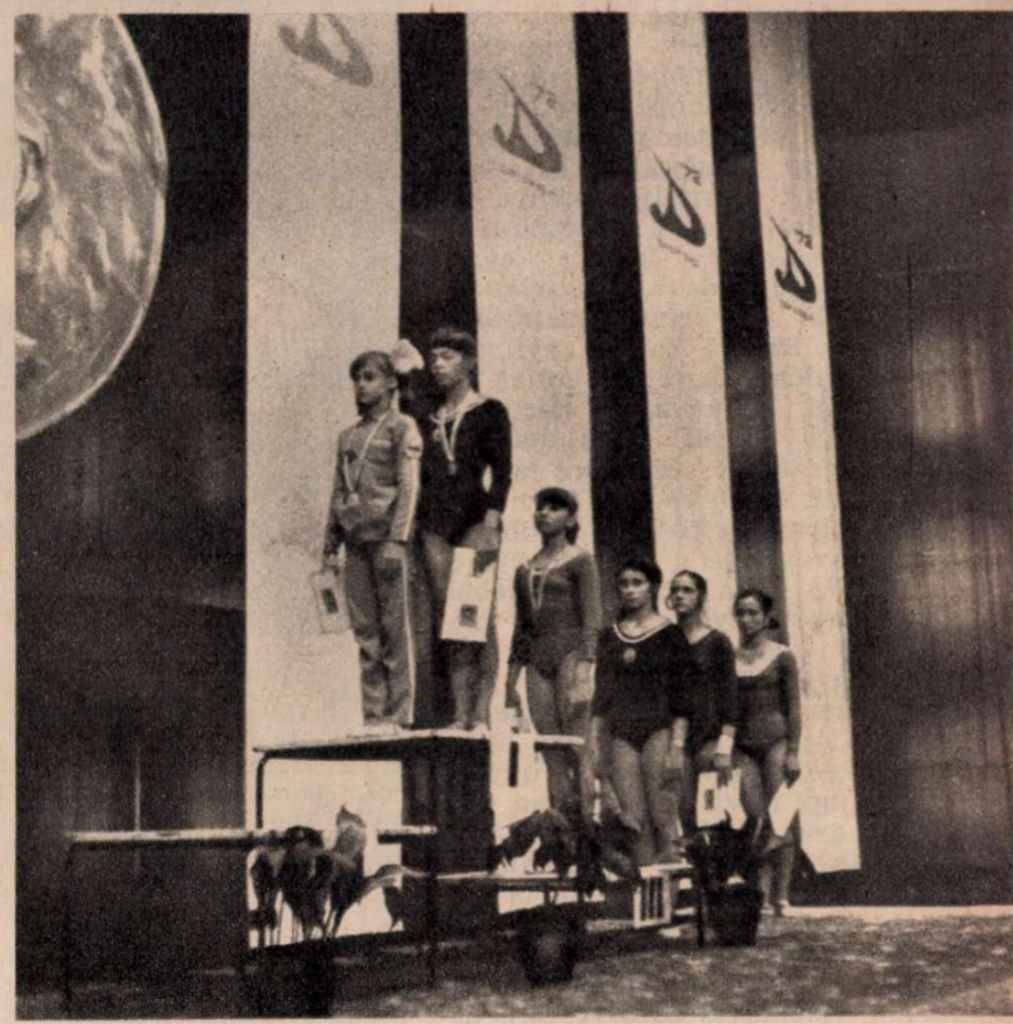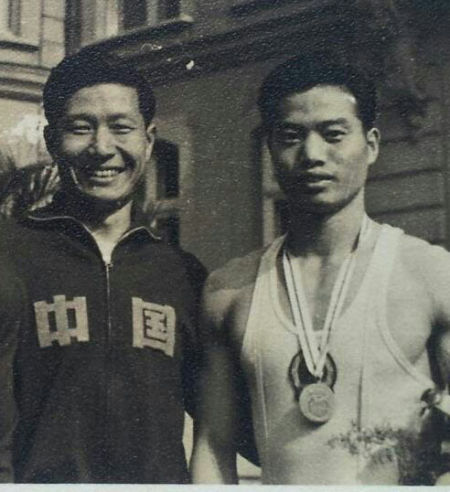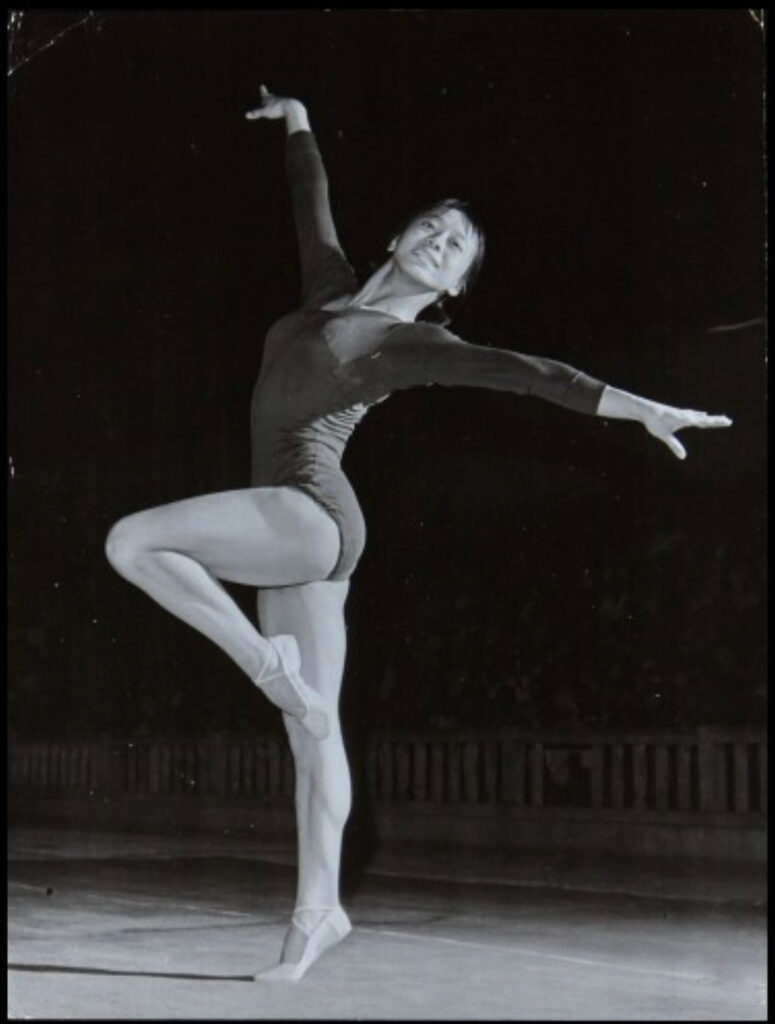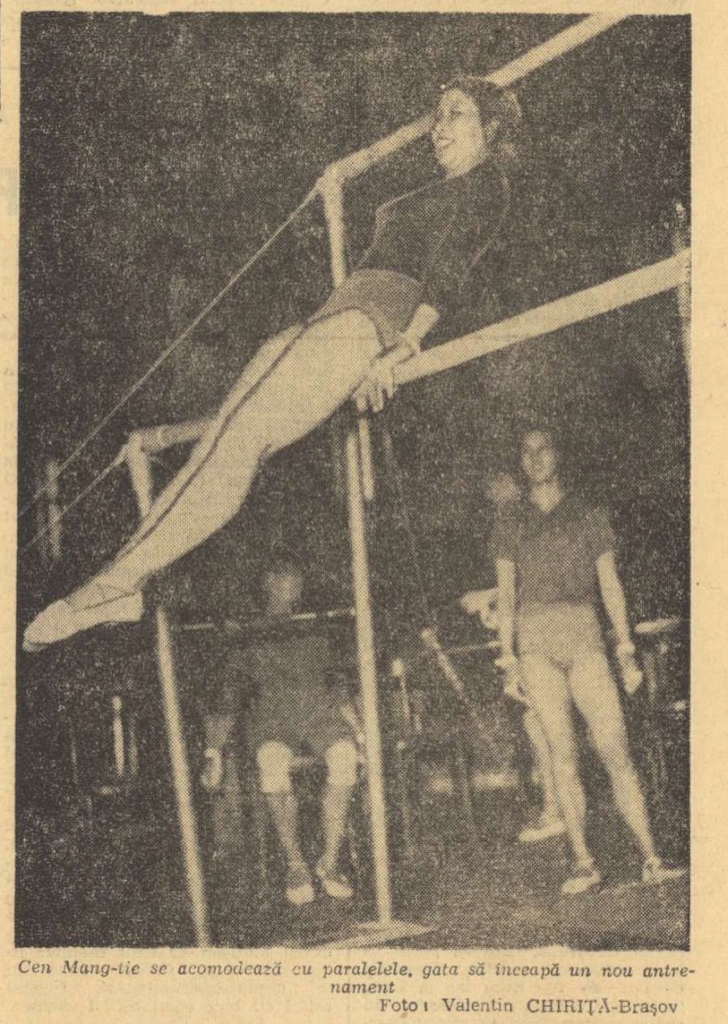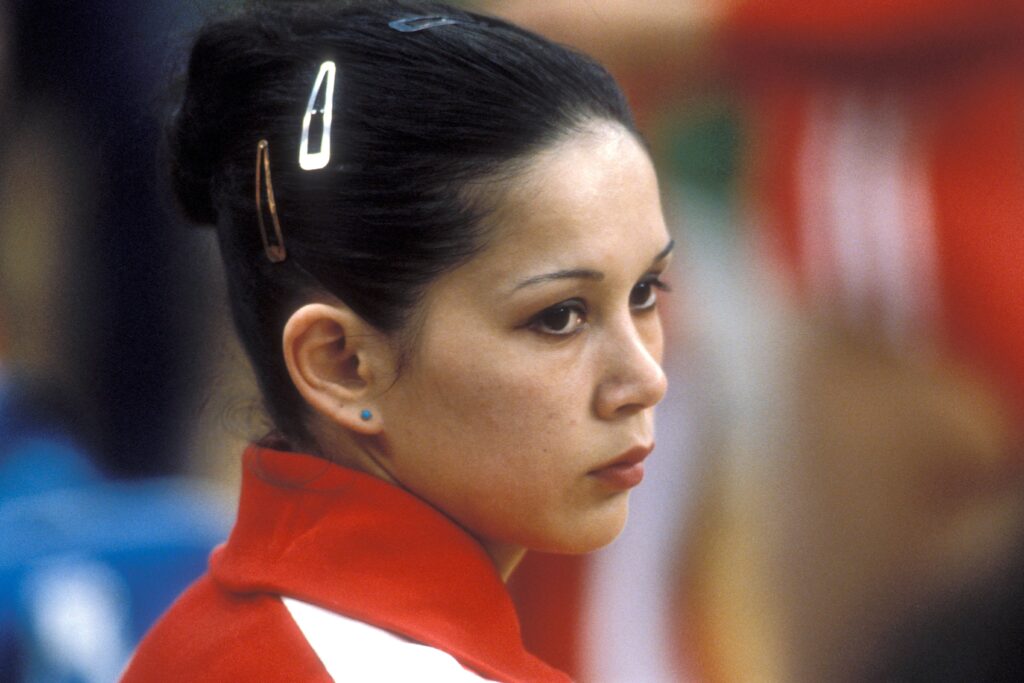In 1973, one of the first profiles of the Károlyis was printed. It wasn’t published in the main sports newspaper in Romania, Sportul. Rather, it was published in A Hét, a Hungarian-language newspaper out of Bucharest. (Both Károlyis are ethnic Hungarians.)
The profile in A Hét calls the couple “heroes” and includes the basic contours of the Károlyis’ backstory, which differ from those found in a profile of Comăneci published weeks earlier in Sportul. In that profile, Károlyi suggests that he discovered Comăneci on a playground, a myth that has been repeated for decades. But here, in this Hungarian-language interview, the writer makes it clear that the Károlyis inherited already established groups of gymnasts when they moved to Oneşti. Though, Comăneci’s first coach, Marcel Duncan, is never mentioned by name.
The profile of Károlyi in A Hét was printed after Comăneci’s early success in 1973 — after she had won all the golds at the 1973 Romanian International as well as the all-around during a dual meet with the Soviets. And according to Károlyi, the best was yet to come. In fact, he insinuated that Comăneci might become the first woman to compete a triple twist. (Japan’s Kenmotsu had attempted the skill at the 1970 World Championships and 1972 Olympics.)
A short sidenote: In this article, we find out an interesting tidbit: One of Márta Károlyi’s names in Hungarian is reportedly Gyöngyi. (Erőss is her maiden name.)
